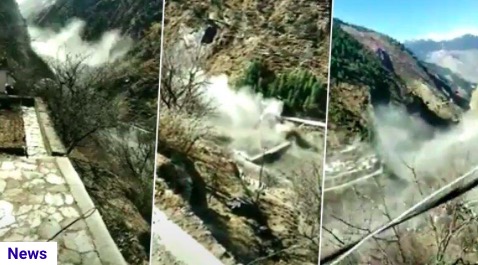February 9 – A glacier fracture occurred in Uttarakhand, northern India on the 7th, which has killed 26 people and still has 171 people whose whereabouts are unknown.
Although the cause of the accident caused by glacier fracture is still under investigation, scientists say that in the long run, the melting of glaciers caused by the increase in global warming in the past three decades is the deep cause of the disaster.
In addition, some experts believe that the flash flood caused by glacier fractures is caused by landslides and the construction of large-scale projects.
India Today reported in the 7th that in July 2020, experts warned of glacier melting in the Nandadavi region where the accident occurred.
According to a study, 26 square kilometers of glaciers in the Nandadwe region melted between 1980 and 2017, accounting for 10% of the total glaciers in the region. During the same period, the height of the glacier balance line also fluctuated about 500 meters.
According to a 2020 report from the Berkeley Earth Climate Research Institute, the average temperature in 2020 is 1.27 degrees Celsius higher than the average temperature in the 19th century, and the temperature increase is the most obvious in the past six years.
In addition to climate change factors, some experts believe that landslides are the cause of the accident. Similar incidents occurred in the region in 2016, but the impact was relatively small.
Experts believe that Nanda Devi, located in the Himalayas region, is a sensitive and vulnerable area, and large-scale engineering facilities should not be built here.
According to previous reports, 35 hydroelectric workers were stranded in the tunnel at the time of the disaster. In addition, there is also speculation that the glacial lake collapse caused flash floods.



